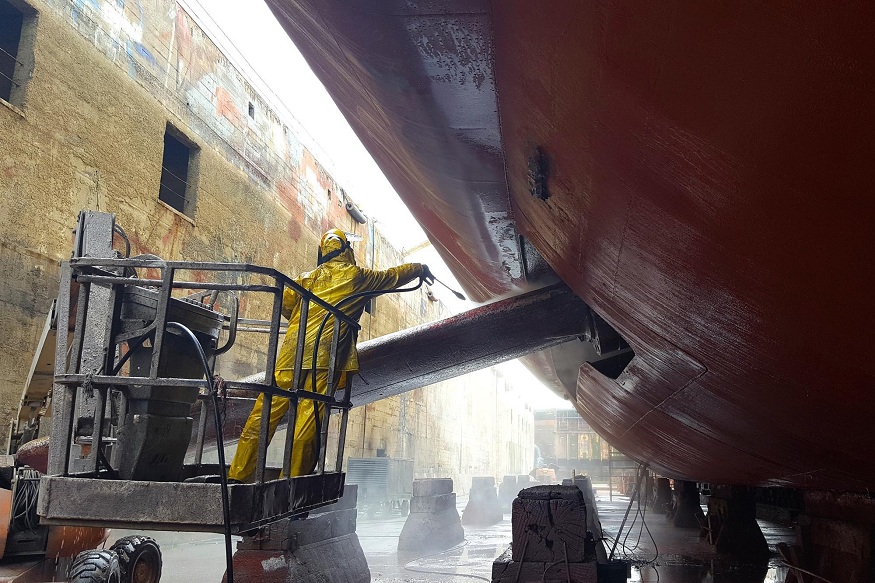Protecting the hull of a vessel has always been a main concern in the maritime industry. For years, antifouling paint has been used as the main way to prevent things like barnacles, algae, and mussels from growing on the bottom of ships. And as the world keeps improving, and laws are becoming stricter, it’s becoming clear that we have to: Paint is no longer considered the best option for antifouling. The world is now learning that the Best Antifouling isn’t paint.
The rise of new antifouling solutions powered by non-toxic materials is helping vessels become cleaner, more efficient, and better for the environment. The future of hull protection is now, and it comes from a different source than a paint can.
Issues Found with Conventional Antifouling Paint
Antifouling paints emit biocides, for example, copper, to protect the hull from marine creatures. Although this helps to prevent biofouling, it also has several major drawbacks:
- Environmental Harm: Biocides leak into the water and contaminate the marine environment, endangering animals that are not the main focus of the treatment.
- Frequent Reapplication: Paint worsens with age and needs to be checked, a new layer applied, and dry-docked from time to time.
- Increased Costs: Painting leads to expensive periods where the ship can’t move quickly and uses more fuel due to friction with the water.
As a result, everyone from regulators to environmentalists to vessel owners is seeking out safer and longer-lasting solutions.
Modern Alternatives: The Development of More Advanced Antifouling Technologies
Today, eco-friendly technologies are replacing the old, harmful kinds of antifouling paints. Let’s take a look at some of the best ways we can deal with this challenge.
1.Foul-Release Coatings
These coatings are made from silicone polymers, and this prevents anything from sticking to the surface. Minor fouling can easily be cleared by the water moving along the hull as the vessel travels.
Benefits:
- Non-toxic and environmentally safe
- Saves fuel by lowering the amount of drag
- Keeps working for a longer period than regular antifouling paint
2.Ultrasonic Antifouling Systems
Ultrasonic antifouling uses sound waves of a high frequency to stop the formation of biofilms on the ship’s surface. By not allowing this first layer to grow, the system keeps other fouling from taking hold.
Benefits:
- Chemical-free and low-maintenance
- Used in commercial vessels and also for recreational boats
- It is designed to work at all times, so surfaces always stay clean during the year.
3.Antifouling Wraps and Films
Advanced polymers are used to create biocide-free wraps that are applied to vessels in sticker form to the hull. They keep fouling away without adding chemicals and can be quickly taken out and replaced when needed.
Benefits:
- Quick application and removal
- Long-term durability
- An environmentally friendly alternative to paint
Why It Matters: Sustainability and Efficiency
Antifouling paint has a quick expiration date and shouldn’t be used anymore. Due to climate change, higher prices for fuels, and stricter regulations at sea, shipping companies are required to be more eco-friendly.
Using new antifouling coatings allows sea vessels to reduce pollution, need less maintenance, obey laws, and not sacrifice performance.
Conclusion: Hull Protection Is Evolving
The marine industry is shifting, and paying attention to hull protection is on top of the list. As people become more aware and as laws change, it is becoming obvious that there is no future for paint in antifouling.
Whether it’s via foul-release coatings or ultrasonics, there are now tools to keep ships and oceans clean and safe.

